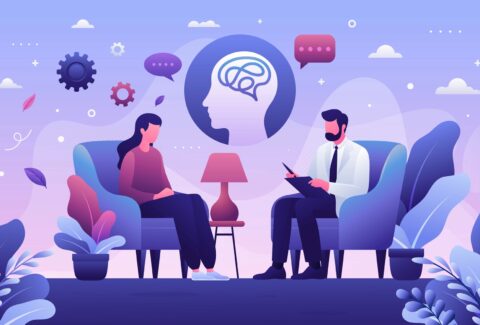The SWEET Model and the Neurosciences: Integrating Brain, Mind, and Transformation
Abstract
Recent advances in neuroscience have provided unprecedented insights into the brain’s role in emotion regulation, trauma, attachment, learning, and transformation. However, many neuroscience-informed models lack an integrative framework that includes meaning-making, unconscious drives, and existential concerns. The SWEET Model offers a layered structure—conscious, preconscious, unconscious, and existential—that brings neuroscience into dialogue with clinical transformation. This article explores how the SWEET Model bridges cognitive neuroscience, the neuroscience of consciousness, and psychotherapy to support deep, sustained healing.
Keywords
SWEET Model, SWEET Institute, neuroscience, neuroplasticity, transformation, consciousness, trauma, psychotherapy, integration
Introduction
Neuroscience has transformed our understanding of how therapy works—from the mechanisms of fear extinction in trauma treatment (LeDoux, 2015) to the power of mirror neurons in empathy and social learning (Iacoboni, 2009). Yet many clinicians are left wondering how to connect this growing knowledge to moment-by-moment clinical work. The SWEET Model offers a scaffold to bridge emerging brain science with practical, layered clinical transformation.
Theoretical Framework
Each layer of the SWEET Model aligns with key domains of the brain–mind connection:
- Conscious Layer: Executive function, working memory, attentional control—rooted in prefrontal cortex activity (Miller & Cohen, 2001).
- Preconscious Layer: Habitual thought patterns, stored procedural memory—connected to basal ganglia and limbic regulation (Siegel, 2010).
- Unconscious Layer: Implicit memory, attachment conditioning, defense mechanisms—shaped by early neural wiring and subcortical activity (Schore, 2012).
- Existential Layer: Self-transcendence, awe, meaning—linked to default mode network modulation and integrative brain states (Newberg & Waldman, 2010).
This mapping offers clinicians a way to apply neuroscience within a therapeutic model that honors both complexity and integration.
Application and Analysis
The SWEET Model encourages clinicians to:
- Translate brain-based insights into targeted interventions (e.g., using cognitive flexibility training in the conscious layer to interrupt rumination).
- Recognize when unconscious or preconscious processes are overriding conscious intention (e.g., fear responses despite insight).
- Explore how existential emptiness or meaninglessness may reflect neurobiological disconnection or default mode overactivation.
- Use layered inquiries to invite neural integration, as advocated in interpersonal neurobiology (Siegel, 2010).
This supports movement from reactivity to regulation, from fragmentation to coherence, and from symptom relief to transformation.
Implications
By integrating neuroscience with the SWEET Model:
- Clinicians become more precise in matching interventions to neural processes.
- Clients gain language and understanding that support self-compassion and motivation.
- Therapy becomes both brain-wise and soul-centered—bridging the physical and psychological, the measurable and the meaningful.
Conclusion
The SWEET Model provides a clinical framework through which neuroscience becomes not only understandable but deeply applicable. In doing so, it brings the brain, the mind, and the meaning-making system into alignment—supporting healing that is both biologically informed and humanly whole.
References
- Iacoboni, M. (2009). Mirroring people: The new science of how we connect with others. Picador.
- LeDoux, J. (2015). Anxious: Using the brain to understand and treat fear and anxiety. Viking.
- Miller, E. K., & Cohen, J. D. (2001). An integrative theory of prefrontal cortex function. Annual Review of Neuroscience, 24(1), 167–202.
- Newberg, A., & Waldman, M. R. (2010). How God changes your brain: Breakthrough findings from a leading neuroscientist. Ballantine Books.
- Schore, A. N. (2012). The science of the art of psychotherapy. Norton.
- Siegel, D. J. (2010). The developing mind: How relationships and the brain interact to shape who we are (2nd ed.). Guilford Press.
Download the scholarly version of this article by clicking HERE









